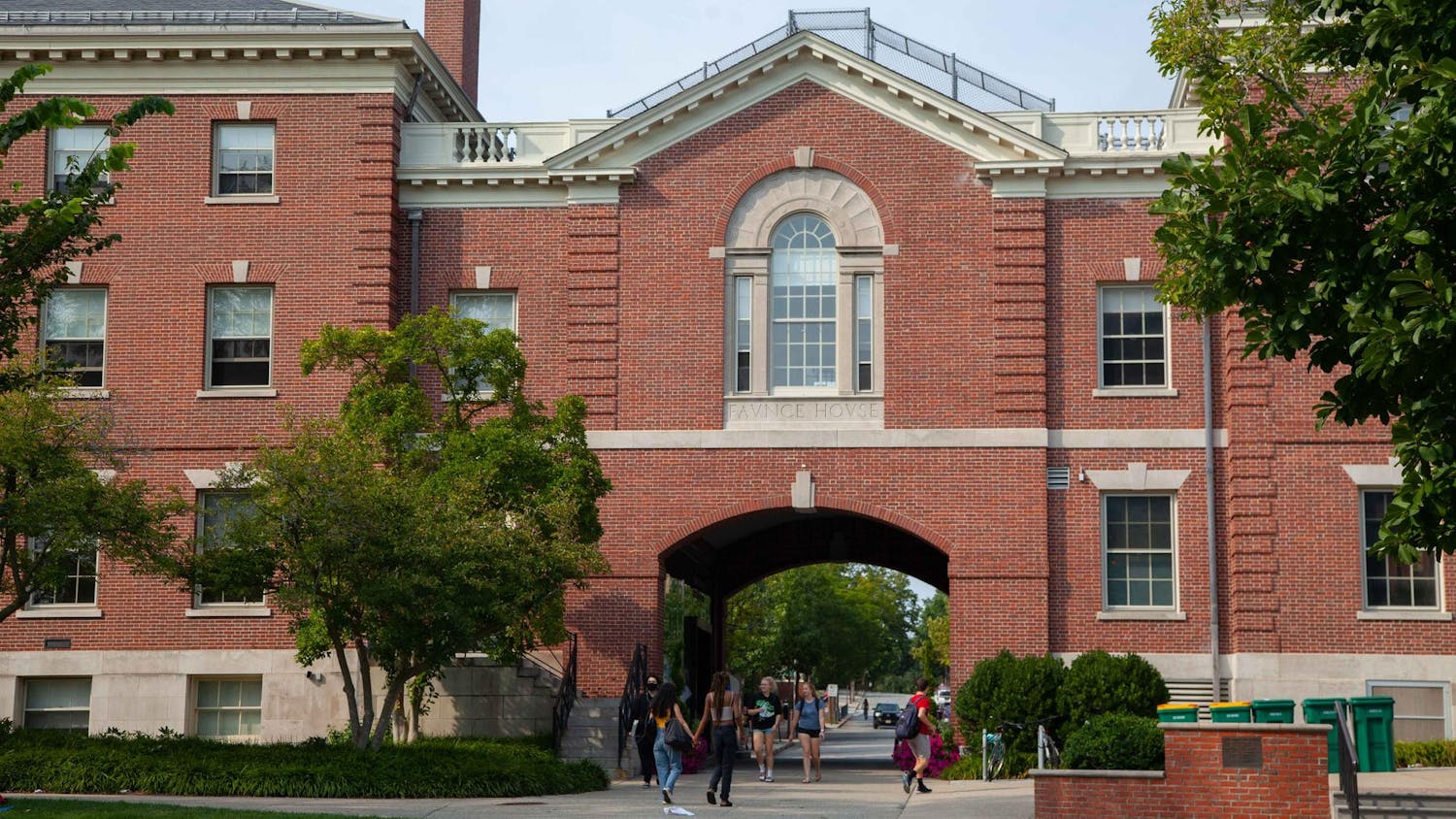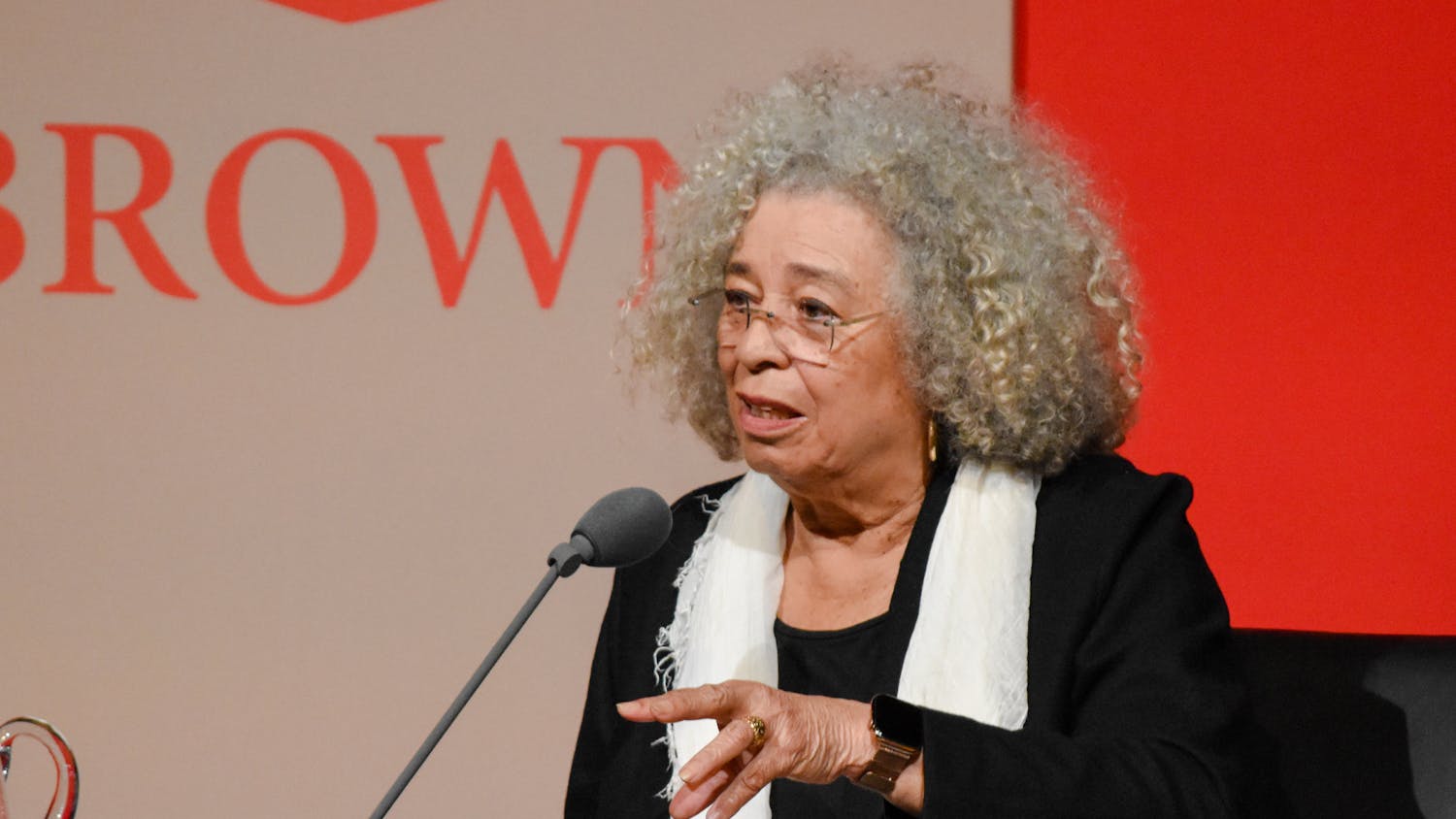The University is well ahead of schedule on President Ruth Simmons' goal to reduce greenhouse gas emissions to 42 percent below 2007 levels by 2020, according to the Office of Sustainable Energy and Environmental Initiatives' fall 2011 report released Oct. 18.
"We've made significant strides compared to our peers," said Chris Powell, director of sustainable energy and environmental initiatives. The University has reduced its carbon footprint by 26.1 percent below 2007 levels, surpassing the halfway point for reductions only four years after Simmons set the goal.
A 2008 investment to switch from oil to natural gas for heating accounted for much of the progress, Powell said. "At the time oil was relatively cheap, but we understood natural gas was much cleaner," he said.
The Department of Facilities Management also installed energy-efficient lighting in 21 buildings and performed energy-use assessments on nearly two dozen others in the fiscal year that ended in June. The campus recycling rate rose to 40 percent during the same period. The office has spent $7.6 million on carbon reduction initiatives resulting in savings of $1.5 million in annual energy expenses, according to the report.
The energy conservation rate will likely slow, Powell said, but he is not concerned that it will plateau. "We've been ahead right from the start," he said, adding that Facilities Management will take advantage of new technology as it becomes available.
The 59 percent waste diversion rate, which reflects the amount of material diverted from landfills for recycling or reuse, is limited by recycling regulations set by the state of Rhode Island, Powell said. "When that changes, we'll be able to recycle more, especially certain types of plastics."
Though Powell said Facilities Management has received mostly positive feedback, some have expressed objections to changes implemented in the past few years.
"I wish they had more dialogue with the student body on decisions," said Samantha Powell '13. She called new low-flow shower heads "a huge problem."
Facilities Management is still planning to reduce energy use in the BioMedical building and to complete a "dorm energy efficiency project," which will use Diman House as a test case to install green technology, said Chris Powell. The new aquatics and fitness Center will include the first hybrid solar-thermal system of heating in the state, he said.
Gretchen Gerlach '14, an intern at Facilities Management and coordinator for the student group EcoReps, which focuses on improving green living in areas such as dormitory life, said she was surprised by the news that energy conservation is well ahead of schedule.
"It is surprising that so much can be done so quickly," Gerlach said. "People really took it to heart. I think we're on the right track, and we're going in a really good direction."
Though Gerlach said she would like to see the recently released Facilities report circulated more widely, she has seen an impressive uptick in the level of student interest in sustainability, and that EcoReps meetings have enjoyed much better attendance this year. To build on the progress already made, EcoReps is working on a project to create what Gerlach called "greenroom certification," in which students can pledge to make their dormitory rooms microcosms of sustainable living, with an emphasis on recycling and reusing materials.
"People are interested, and they're aware. We're changing habits," she said. "It's as simple as using a reusable bottle and getting kids to call Facilities Management when their rooms are too hot in the winter instead of opening the window."
But campus is still not as green as it could be. "A lot of people leave the lights on in the bathroom when nobody's there," said Libby Stein '15. "So if they had signs telling people not to do that, it would be really helpful."




